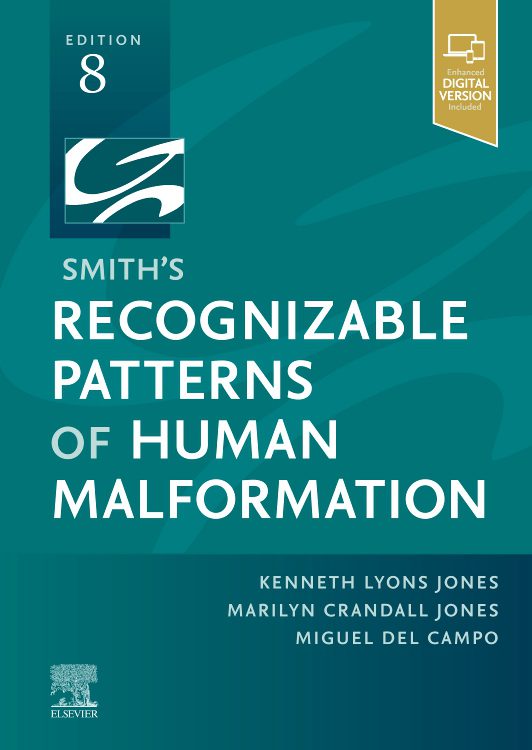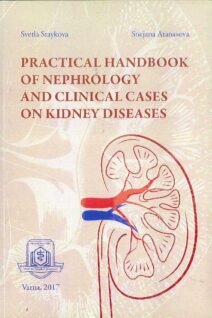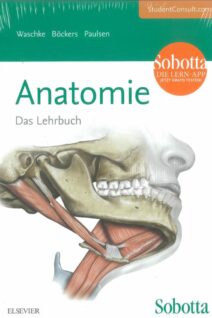Smith’s Recognizable Patterns of Human Malformation, 8th Edition
Long known as the go-to resource for superbly illustrated; up-to-date coverage in this complex field, Smith’s Recognizable Patterns of Human Malformation; 8th Edition, provides a wealth of information on malformation syndromes of environmental and genetic etiology, recognizable disorders of unknown cause; clinical approaches to specific diagnoses, and normal standards of measurement for the entire spectrum of disorders. This award-winning reference is indispensable for clinicians in pediatrics, neonatology, family medicine, and genetics; as well as nurse practitioners and physician assistants—anyone who needs a complete, authoritative, and easy-to-read guide to help accurately diagnose human disorders; establish prognoses, and provide appropriate management and genetic counseling.
Key Features
- Includes an easy-to-read description of each condition: Common and occasional abnormalities, natural history, etiology, and references. Opposing pages contain descriptive photographs and line drawings of either an individual with the abnormality or specific features of the abnormality.
- Contains new coverage of Hennekam Syndrome, Parkes Weber Syndrome, KBG Syndrome, Kosaki Overgrowth, Malan Syndrome, and much more.
- Arranges disorders based on similarity in overall features, so you can easily navigate to the correct section and compare/contrast similar disorders.
- Features more than 1,500 full-color photographs and illustrations, many from the personal collections of Drs. Smith and Jones, and others from multiple international collaborators.
- Provides summarized information in order to understand basic mechanisms of morphogenesis and birth defects and key concepts in genetics and genetic testing—necessary information for counseling patients and parents.
- Enhanced eBook version included with purchase. Your enhanced eBook allows you to access all of the text, figures, and references from the book on a variety of devices.
Author Information
By Kenneth Lyons Jones, MD, Professor of Pediatrics; Chief, Division of Dysmorphology and Teratology, University of California, San Diego, School of Medicine, La Jolla, California; Marilyn Crandall Jones, MD, Professor of Clinical Pediatrics, Department of Pediatrics, University of California, San Diego School of Medicine La Jolla, California; Clinical Service Chief, Division of Genetics, Rady Children’s Hospital, San Diego, California and Miguel del Campo, MD, PhD, Assistant Professor, Ciències Experimentals i de la Salut, Universitat Pompeu Fabra; Consultant in Clinical Genetics, Programa de Medicina Molecular I Genètica, Hospital Vall d´Hebron, Barcelona, Spain












